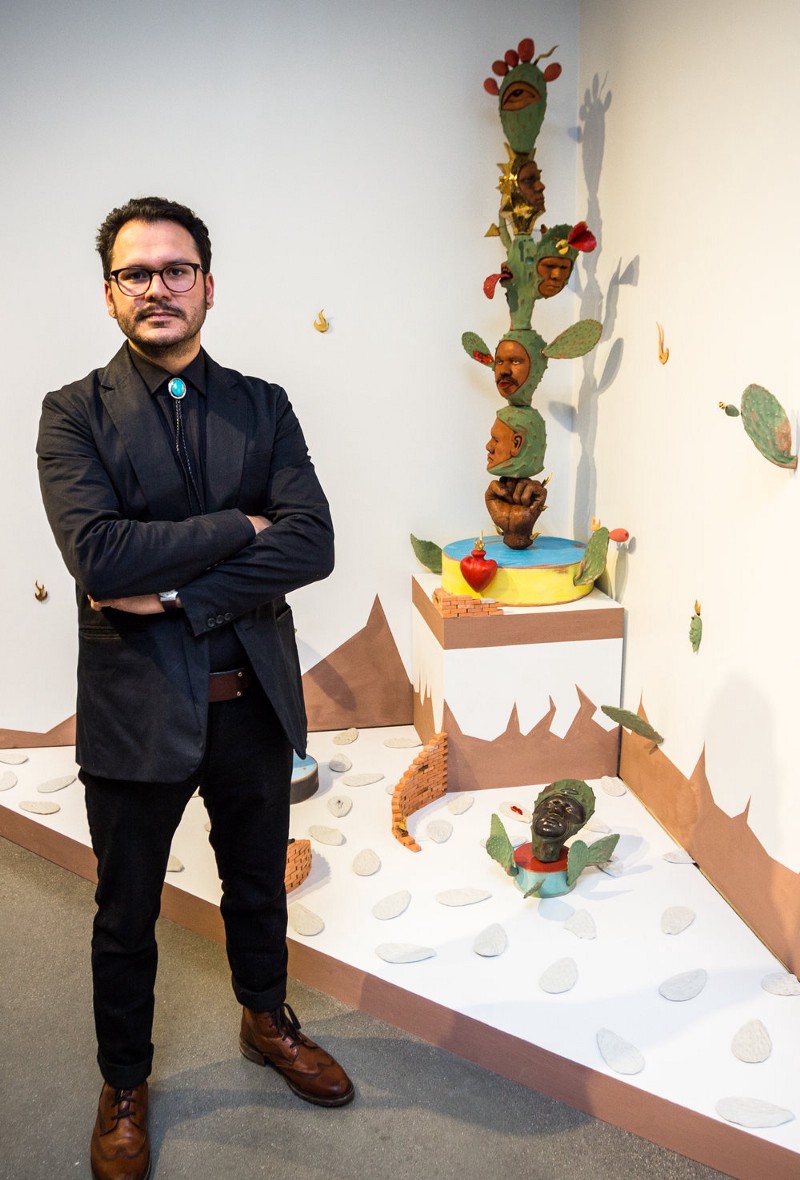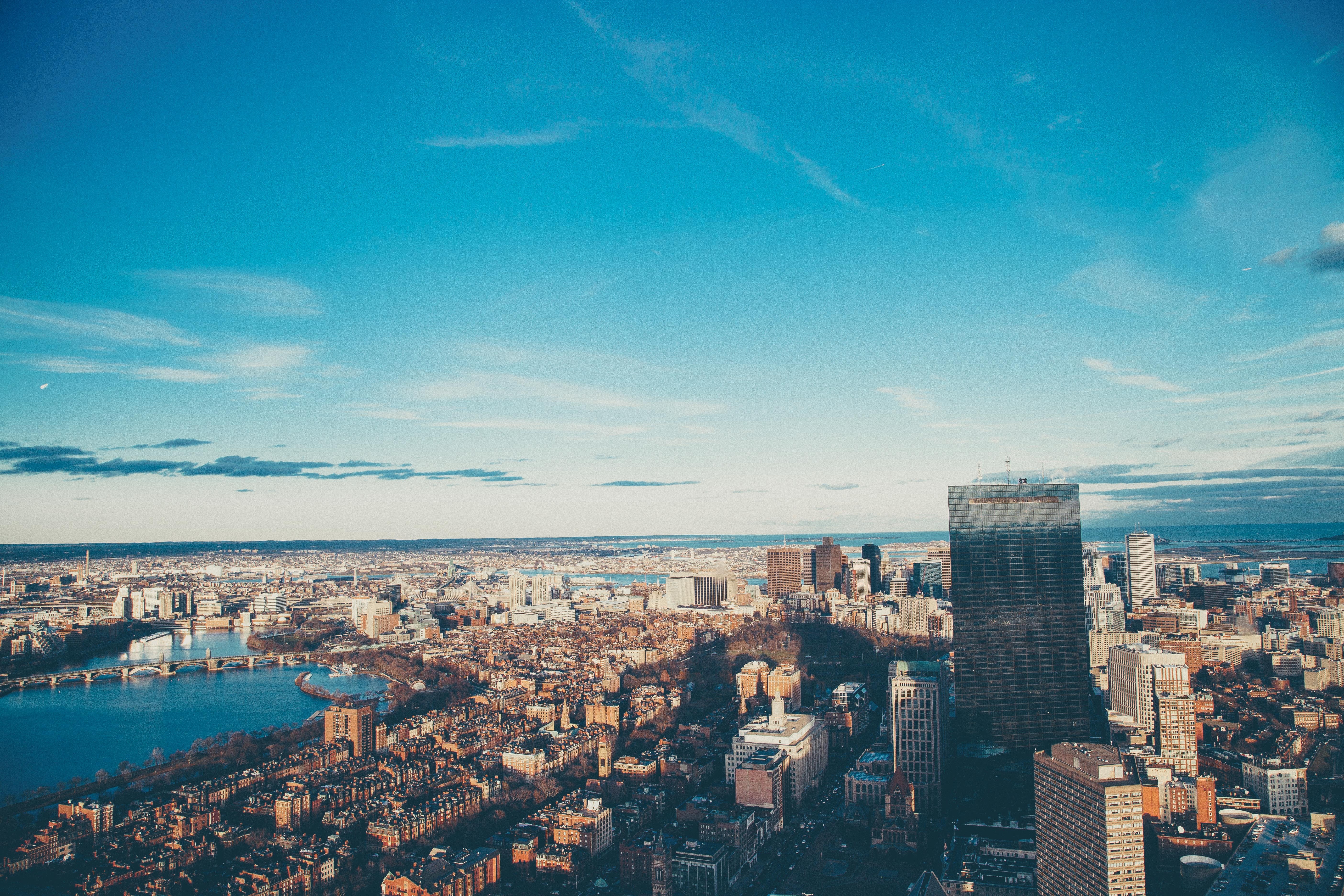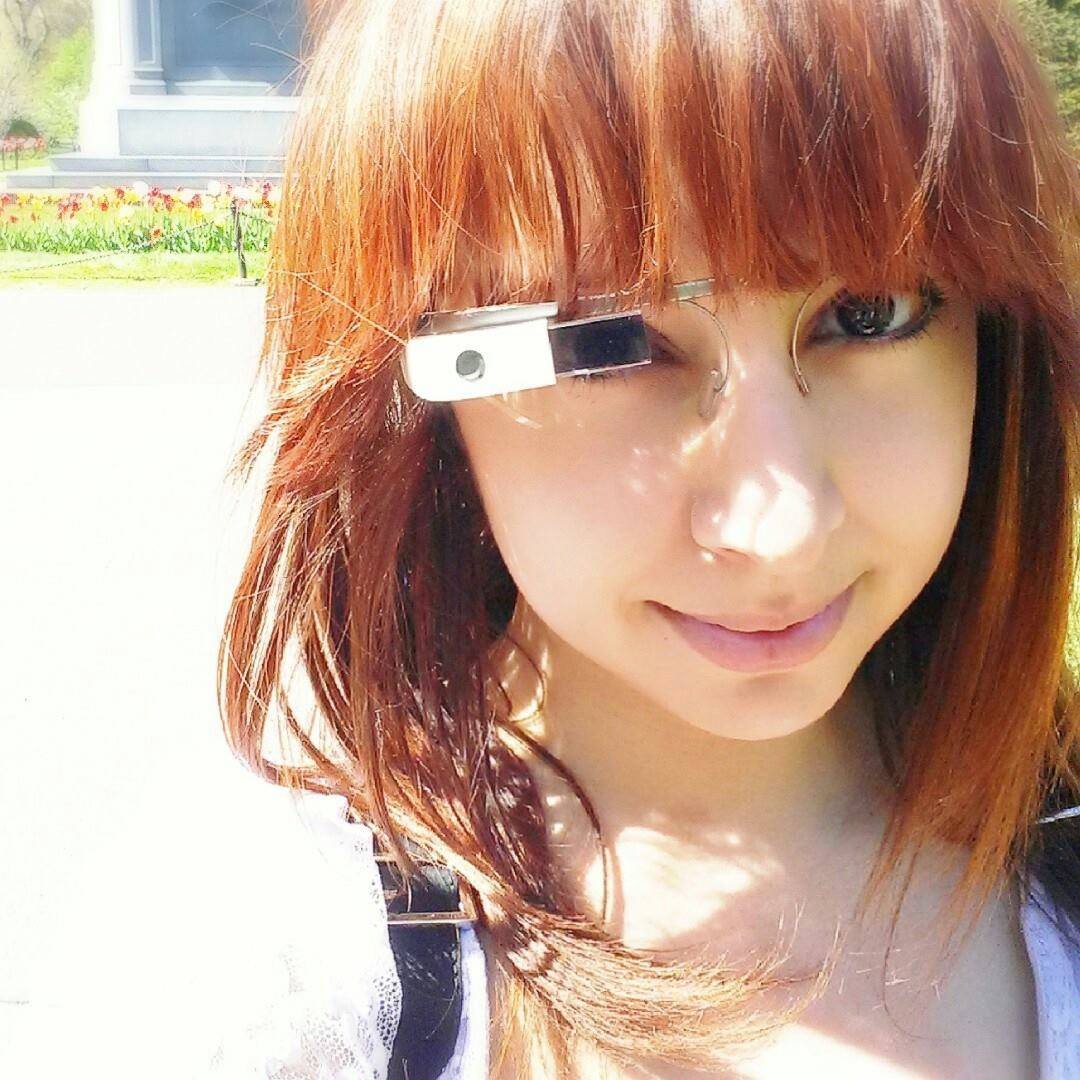Salvador Jiménez-Flores is an interdisciplinary artist born and raised in Jalisco, México. Since coming to the United States, Jiménez-Flores has contributed to the art scene by producing a mixture of socially conscious installation, public, and studio-based art. He has presented his work at the National Museum of Mexican Art, Grand Rapids Art Museum, Urban Institute of Contemporary Art, and Casa de la Cultura in Jalisco, México amongst others. Jiménez-Flores just finished a two year-long artist residency at the Harvard Ceramics Program, Office of the Arts at Harvard University. Also he served as the Artist-In-Residence for the City of Boston. Jiménez-Flores is a recipient of the Joan Mitchell Foundation Painters & Sculptors Grants and was awarded the Kohler Arts Industry Residency for 2019. He is Resident Teaching Artist at Urbano Project and visiting artist at Massachusetts College of Art and Design.

Tell us a bit more about your work and what you do.
There is a trilogy that navigates my work: community-based, personal, and teaching. I don’t divide or create labels for my work. Before, it was hard to try and separate them, but I’ve been finding ways to combine them and I am always trying to find new ways to unify those three components into one.
How did you assimilate from Mexico into the Boston arts community? What was that experience like for you?
Before Boston, I moved to Grand Rapids, MI for grad school. I think that was the second cultural shock for me. Chicago has a big Latino community to the point where you can pretty much navigate yourself in Chicago without speaking English, not to mention great food, art, and culture. In the neighborhood that I was living in, I found a second home. The idea of speaking Spanglish and switching from one language to the other with friends or hearing it among other people in the street was so natural and awesome. It was a way of combining living in the United States but having Latin-American cultural influences very much present. When I moved to Grand Rapids, there was only maybe one Latino professor in the school who was tenured and everyone else was pretty white. The student body was a little bit more diverse, but it was limited. That was when I had another cultural shock. All of a sudden you wonder, “how do you address this audience?”. You’re also in grad school, so you’re focused on your research and you’re also realizing all these different things that are happening around you. For example, everywhere you go, people look at you and the first thing they ask is where are you from? But what does that even mean? Even though I have dual citizenship, I realized that I would never be seen as a citizen of the United States because there is this stigma of what fits that label. An american is a white European person, for instance. Obviously that is not the case, we are this very diverse and beautiful spectrum where you can find pretty much anyone and anything in. This all greatly influenced my work in many ways. When I moved to Boston, I realized I would face another cultural shock, in the sense that Boston is much more of a ‘cold’ culture. The people are a little more cold. Everyone is on their own mindset, not everyone is as welcoming as the people in Latin America.
Tell us bit more about your printmaking workshop at HUBweek. For our readers who may not have been able to go, walk us through that experience.
In essence, what we are trying to do with Tortilla Social is this idea of using food and printmaking as a cultivator to create a dialogue about social issues. At HUBweek, we only did the printmaking aspect using the tortilla print, but we also host Tortilla Social events at Urbano Project in JP where we have the printmaking component and then we transition into tortilla making, which uses the same press that we used to make the prints at HUBweek and then everyone takes a seat with their food and I will pair them up and share stories related to immigration and gentrification. Essentially, it was this idea of how do you use printmaking and collaboration with the community to tell a story in reference to the social issues that I mentioned before.
What impact do you hope to leave behind through your work?
Since I started making art, I intentionally decided to make art that told a story, that could become a narrative and become relatable to others. I wanted to use art as a medium that connects people and I was interested in doing art that had meaning not just do art for arts sake. I was interested in telling stories and, at first, my art was a reaction to the things that were happening in the community to me or around me. Throughout time, I’ve been able to refine that a little bit more once I started working with ceramics, that really brought the word craft into my vocabulary, so then I decided to spend a little bit more time on those pieces and pay more attention to aesthetics and to things that are well made and well crafted. At the end, I try to make artwork that is impactful in the sense that I have been impacted by art. I remember seeing paintings that had incredible influence on me but just by looking at those images, they evoked this visceral connection that I still remember. On the other hand, when you think about the representation that is in the museum’s collection, it’s not diverse. I remember seeing Kerry James Marshall exhibits in Chicago; his paintings tell African-American stories and they are masterfully done technique-wise but also in their content. It was so inspiring for me, and I want to do the same. I want to make artwork that is sincere, telling stories that are honest. I’m not going to try to make artwork about something that I don’t know anything about. I’m using my own experiences as a reference and inspiration for my work. I try to create work that has sociopolitical components and that are driven by my experiences and address different themes that are of interest to me, and I’ll do research to try to understand and digest those themes. Those themes in my work are helping me understand who I am as a person.
What are some of those themes?
Those themes would be the idea of colonization and migration, whether it’s voluntary or involuntary. The concept of the other, or of double consciousness that we create sometimes. Also, this notion of stereotypes and cultural appropriation. By analyzing all of these different themes and reading about them, I try to process them, and then the work that I make is based on them. When it comes to my approach, I’m really all over the place. I was trained as a graphic designer, I got a masters in drawing, and ended up doing sculpture. So now, I pretty much try to find whatever medium works best for the idea that I am trying to convey or based on the limitation that I may have. For example, if I have access to a ceramics studio, great, but if I don’t I can make prints. It’s all about being flexible and taking risks. That is how I feel that I can grow.
At the end, as an artist, I feel like I am privileged to be able to make my work; it is a luxury. But there is also a responsibility to address the issues that affect my community. I try to create awareness through my work and also try to somehow propose some actions through the work. I think once we put the work out there, that’s it. That’s our job. Maybe the audience is the one who can really complement the work or finish the job or bring their own baggage and experiences into the work and get something out of it. They could even get offended. And that is part of the process, too.
What is the best piece of advice that you’ve been given?
We only have one shot in our lives, right? Am I going to play it safe or am I going to challenge the norm and do something that I am passionate about and make a living out of it? Based on what I’ve experienced, as soon as I decided that I wanted to get into the arts, I became very serious about it and that became pretty much my life. When I look back a few years ago, when I made this perhaps very naive decision, and I look at where I am right now, I would have never thought that I would be doing what I’m doing right now. I think part of it is believing in yourself and believing in the work that you are making, whatever that may be. Just believe it and do it. The bottom line is that wherever you decide to go or whatever you decide to do, you have to put in the time. There are no shortcuts. You have to put in the time to learn a new medium and get better at it, and there is always more room for improvement. In the arts, especially, it’s a little more challenging to do this but it’s always rewarding. At this point, there is no going back for me. This is who I am and this is what I do.
What is next for you? Anything our readers can do to get involved?
Next week, December 8, I will at Urbano Project in Jamaica Plain for the Final Exhibition of Tortilla Social, which was made possible with funding by the New England Foundation for the Arts’ Creative City Program with support from The Barr Foundation and The Boston Foundation.
The HUBweek Change Maker series showcases the most innovative minds in art, science, and technology making an impact in Boston and around the world.
To stay up to date on our Change Makers, events in Boston, and everything else at HUBweek, subscribe to our newsletter, and follow us on Twitter, Facebook, and Instagram.

